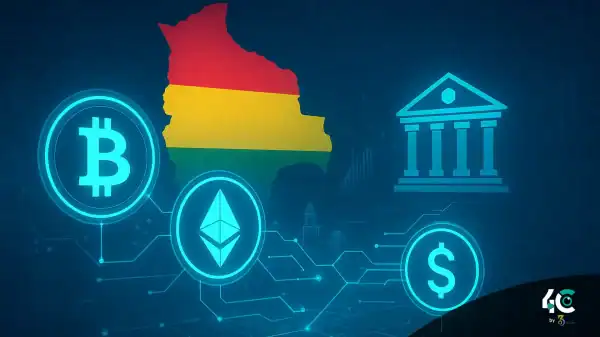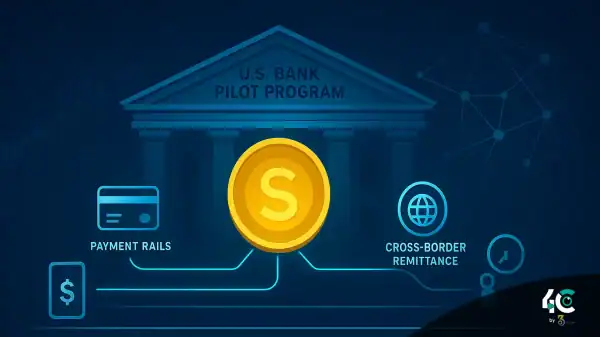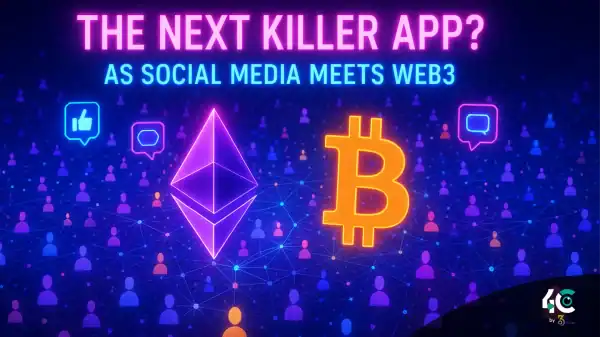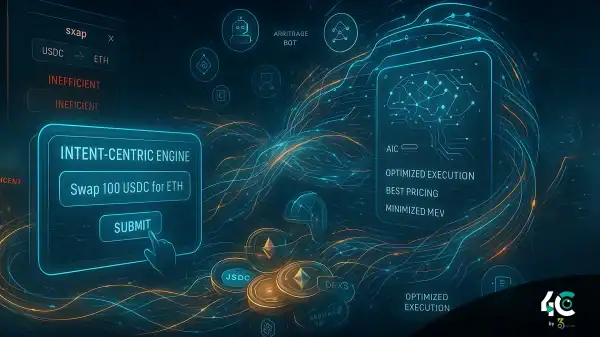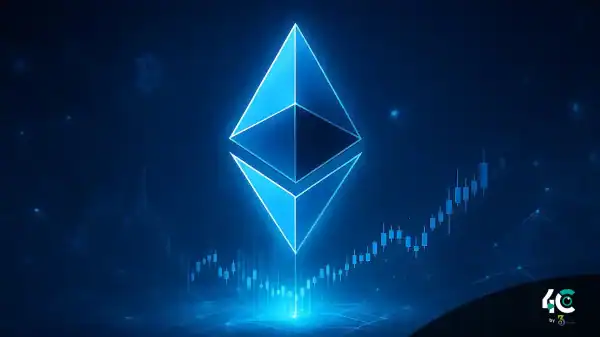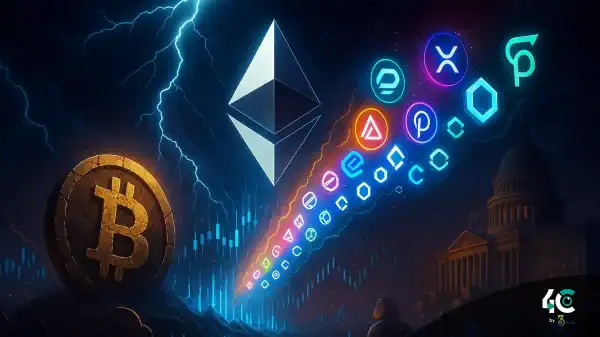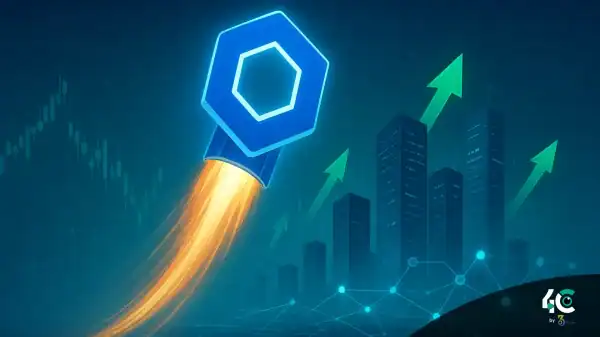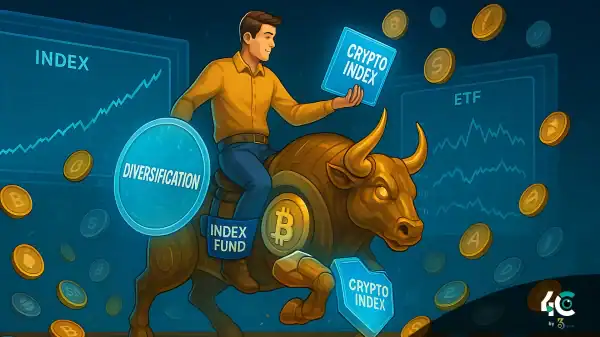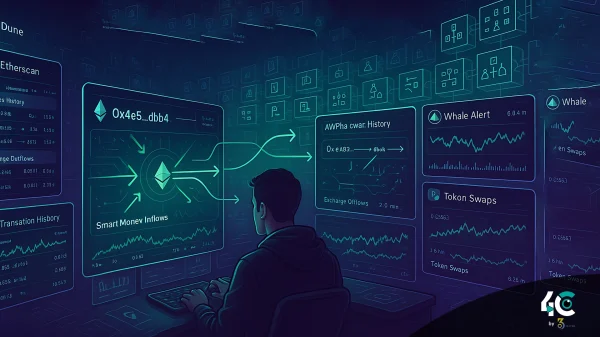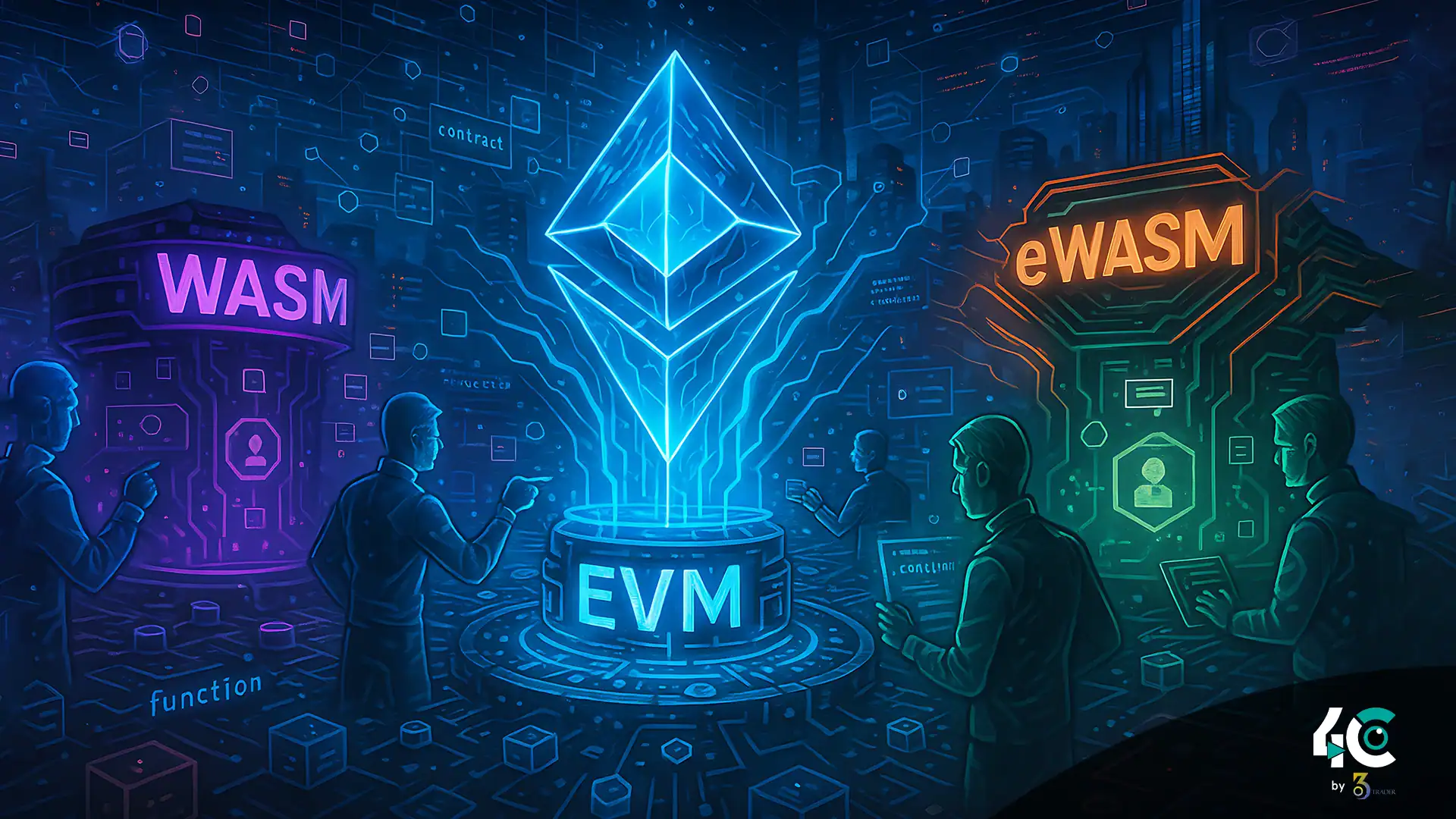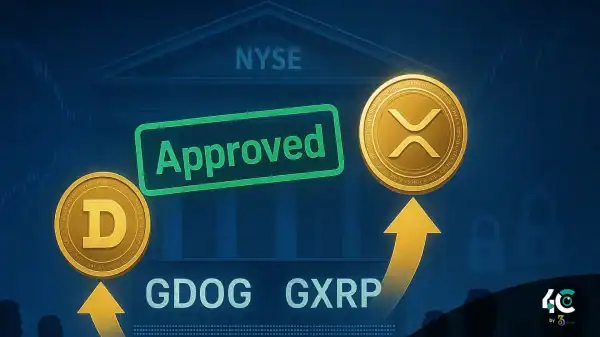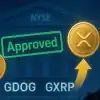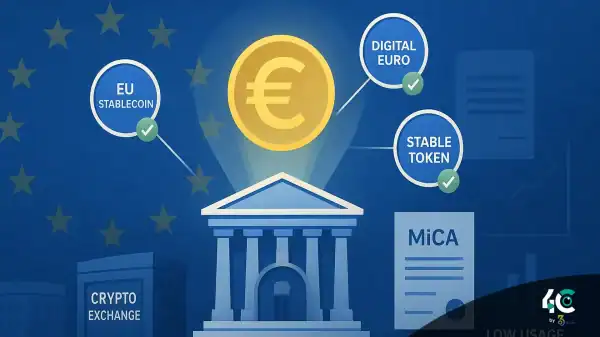The Reign of the Ethereum VM
Since its inception, the EVM has been the default runtime for smart contracts on Ethereum. Its stack-based architecture and Solidity programming language have made it the foundation for most dApp development.
Key Advantages
- Simple Design: The EVM’s stack-based system simplifies execution and is well-understood by developers.
- Rich Ecosystem: Tools like MetaMask and Truffle enhance developer experience.
- Strong Network Effects: Thousands of dApps and Layer 2 (L2) solutions make Ethereum a hub of blockchain activity.
Yet, high gas fees limited scalability, and rigid programming requirements have opened the door to alternatives.
Emerging Contenders: The Next Generation of Smart Contract Runtimes
1. WebAssembly (WASM)
Originally designed for web browsers, WASM has found a second life in blockchain platforms like Polkadot, NEAR Protocol, and Cosmos.
Strengths:
- Supports popular programming languages (Rust, C++, TypeScript), reducing reliance on Solidity.
- Near-native performance offers faster execution than EVM’s interpreted bytecode.
- Portable and adaptable across multiple blockchain environments.
Challenges:
- Requires EVM developers to relearn tools and languages.
- Immature tooling and smaller communities compared to Ethereum.
2. eWASM (Ethereum-flavored WebAssembly)
eWASM aims to bring WASM’s capabilities into Ethereum while maintaining backward compatibility.
Benefits:
- Allows running both EVM bytecode and WASM-based smart contracts.
- Supports Ethereum’s existing infrastructure while enhancing performance and scalability.
Limitations:
- Delays and uncertainty in Ethereum’s roadmap have slowed adoption.
- Competing WASM-based platforms have capitalized on eWASM’s postponed rollout.
3. Specialized Virtual Machines
Several blockchains are developing custom VMs optimized for unique use cases:
- Solana: High-throughput VM designed for trading and gaming.
- Aptos Move VM: Built for resource management and developer safety using the Move language.
- BNB Chain’s xVM: Connects BNB with other chains in testing environments.
These targeted solutions serve specific needs that the general-purpose EVM cannot fulfill.
The Race for Developer Mindshare
As smart contract VMs compete for dominance, the contest centers on three critical fronts:
1. Performance vs. Usability
While WASM delivers superior speed and cost efficiency, the EVM still wins on ease of use due to its mature documentation and tools—especially beneficial for newcomers.
2. Language Flexibility
WASM supports multiple programming languages, appealing to a broader developer base. However, Solidity remains the industry standard and creates consistency within the Ethereum ecosystem.
3. Ecosystem Strength
Ethereum’s vast dApp landscape and active community give it a lasting advantage. Despite better performance, rival VMs must overcome Ethereum’s deeply rooted network effects.
Case Study: Polkadot vs. Ethereum
Polkadot’s Substrate framework utilizes WASM for flexible blockchain development, directly challenging Ethereum’s EVM-based dominance.
Polkadot’s Advantages
- Lets developers build custom parachains tailored to specific use cases.
- Reduces congestion and fees via its relay chain design.
- Easily integrates new consensus models and governance systems.
Ethereum’s Staying Power
- Proven reliability and widespread adoption.
- Massive developer community fluent in Solidity.
- L2 solutions like Optimism and Arbitrum enhance scalability without leaving the EVM ecosystem.
Despite Polkadot’s technical edge, Ethereum’s head start and entrenched position give it the upper hand—for now.
Implications for DeFi and Web3
The outcome of the VM wars will significantly influence the evolution of decentralized technologies.
For DeFi
- More efficient VMs can reduce transaction costs and broaden access for users, including small businesses.
- WASM’s cross-chain capabilities could enable advanced multi-chain DeFi solutions.
For Web3
- Wider language support will attract more diverse developers.
- Domain-specific VMs (for gaming, NFTs, DAOs) can foster innovation in emerging sectors.
Looking Ahead: The Future of Smart Contract Runtimes
The competition among VMs shows that blockchain is a dynamic field. While the EVM remains dominant, challengers like WASM, eWASM, and custom-built VMs are pushing the boundaries of performance, flexibility, and accessibility.
Ultimately, success will depend not just on technical advantages but also on community adoption, ecosystem fit, and real-world relevance. The diversity of VM options empowers developers to choose the best tools for their projects, fueling continued growth and innovation in the DeFi and Web3 spaces.
Conclusion
The DeFi and Web3 space is witnessing fierce competition among smart contract runtimes. New entrants like WASM, eWASM, and purpose-built VMs offer enhanced performance, broader language support, and greater flexibility. While Ethereum’s EVM remains the most widely used, these alternatives are addressing its limitations in scalability and cost. The future of smart contract execution won’t belong to a single solution—instead, each runtime will serve different developers and applications. This growing diversity is a testament to blockchain’s adaptability and its ongoing drive toward innovation.


